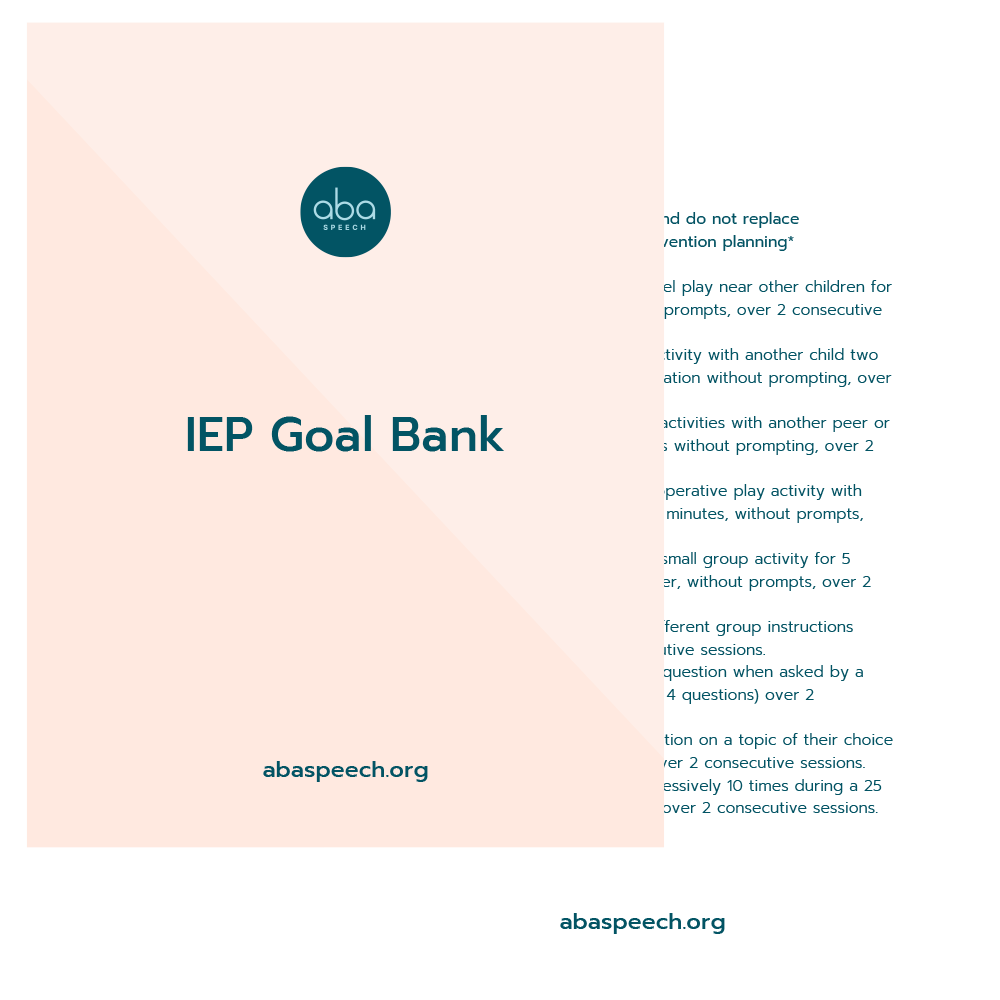Our children are precious. Our students are loved. We want the best for them no matter what, but what happens if you start to notice behavior that you aren’t sure about? Could it be autism is a question many caregivers ask. An autism diagnosis can be a bit overwhelming, but knowing the early signs of autism and getting early intervention can be a huge game changer for any child with autism. If you are a professional working with children, being aware of early signs of autism is a tremendous help to parents in getting the appropriate therapies right away! Information in this blog is referenced from a tremendously helpful website, autismnavigator.com. Check it out for lots of information on little ones! Keep reading for some of the specific, early characteristics of autism that you can be aware of and identify today!
#1: Social Interaction
One of the early signs of autism is a lack of social interaction. If your little one doesn’t look at people or make eye contact, that may be an early sign of autism. A milestone for babies is showing involvement in social interaction. Most babies are attracted to faces and watch expressions to begin to imitate them. If a child has autism, the child may not share their interests with a smile. Also, they may not let you know when they are enjoying something by smiling, which is what many parents would expect. If your little one or one of your students is showing signs of limited social interaction, like lack of eye contact or smiling, that might be a sign of autism.
Along with smiling and making eye contact, babies often babble, but a child with autism may not babble. Limited communication is one of the early indicators that there may be more to investigate in terms of autism. Also, if a child is more interested in objects than people, that could be a signal to check for other characteristics of autism.
#2: Where are the Gestures?
As babies grow in social interaction, they begin to point and use gestures like waving and doing specific arm gestures like “so big” with their arms in the air. When a child has autism, they often lack these gestures. Keep in mind when looking for signs of autism, babies hit milestones at different ages, like this one. Typically babies begin to start using these gestures between 9-16 months. If you are trying to identify characteristics of autism in a child, remember gestures don’t start in babies immediately! However, if the milestone is missing, then it may be worth taking a closer look at other characteristics.
#3 Sounds and Textures
Another characteristic of autism that is easily identifiable is when children don’t respond to their name. Sometimes children with autism do not respond to your voice. Also, if you are pointing, they do not look at what you are pointing at, but instead look at your hand.
Another sign is overstimulation or understimulation to sounds or textures too. Some children with autism can hold their hands over their ears when sounds are too much for them or too loud. Similarly, children with autism may dislike sticky or gooey textures and struggle with varying textures. Sensory issues can be associated with an autism diagnosis.
#4 Independent Play
A child with autism can also be really good at solitary play. Along with this, another sign of autism is when children become overly focused on a task, even becoming difficult to deter their attention away from the task. Children with autism can become very advanced in specific skills like learning to play blocks, or learning their letters early because of an excessive interest in different objects or topics. Along with this topic of play, children with autism often cannot engage in pretend play.
#5 Rituals
Another early sign of autism is when a child has specific rituals that they will not change. The rituals will be unchanging and if the ritual cannot be completed the child may be very upset. This could be lining up specific toys, or repeating activities like wobbling over and over. Not being able to accept unexpected changes is an early sign, which goes along with the ritualistic behavior.
If your child is exhibiting more than onAutism is a diagnosis that is going to take time and an assessment of a child’s behavior to officially diagnose. There’s no blood test, or swab that is going to determine autism. It is just based on behavior. Typically autism is screened for by pediatricians between 18-24 months, but often isn’t officially diagnosed until age 4-5. Early intervention has an incredibly huge impact on a child’s life. If you are noticing any of the above signals, it may be time to take a closer look. Talk to a pediatrician to determine if an autism assessment is necessary.
If you are on your way to an autism diagnosis, don’t worry we are here for you! ABA Speech has a tremendous number of resources available right now to help on your journey. You can start right now by adding your email below and you will receive our autism diagnosis checklist guide!

0 Comments